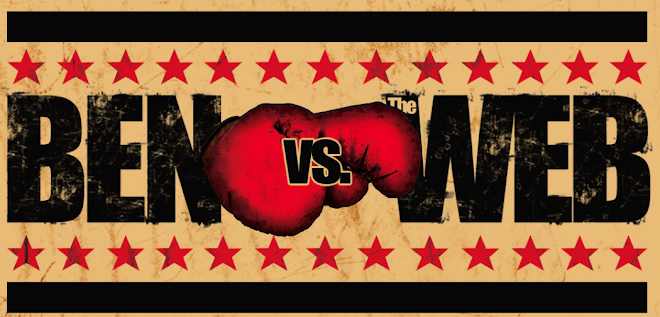This Post if from Perry Belcher http://perrybelchermarketing.com/


To be successful today online is tough. The smartest brains in the world are out there, competing for the same dollars and the same customers as you are.
Ok, here are a few strategies I use when I get into competitor mode.
1. Discover your competitions strengths and weaknesses. When I go into an information marketing business or a hard product business or anything I’m selling on a website, I print out the website for the top competitors websites top to bottom. I print them out because this way I can use a highlighter and mark the things that I like about the competitors’ websites and the things that I dislike about them.
I use a yellow highlighter and a pink highlighter. If it’s good, it’s yellow, f it’s pink, that’s bad. When I’m finished going through all the competitors’ sites, I’ve simply take all the things that I like the best about their products and what I like the least. That gives me my starting point for creating my own marketing campaign.
2. Borrow research from Amazon Amazon’s books are all rated by how well they sell, so if I’m selling a product on a particular subject, physical product or an information product, I always go to Amazon and look at the top 10 selling books. There’s a feature in Amazon where you “look inside” the book, or at least you can view the back cover of the book.
Typically speaking, the titles are what really sell books in a digital marketplace like Amazon. So, I look at the titles of the books and think about how they would perform as headlines. Secondly, I look at the back covers of the books to get bullet points and explanations and lead-ins, because these publishing companies pay huge money for professional copyrighters to come in and write the backs of these books to convince you to buy them and take them home.
So, you’ll pull a lot of great information out there because they’re targeting the same customer that you are, whether you’re selling a paperback book or a $500 information product doesn’t really matter. The customer is the customer, and they’ve done a lot of market research and you get it all for free.
3. Kick their ass with style You don’t have to be a great designer to understand if a website’s ugly, pretty, if a label on a project is ugly or pretty, or how it’s going to be perceived on the shelf.
I know that ugly marketing really does work a lot of the time, but anymore, even on the online environment and in stores on shelves, or anywhere that you find it’s going to be sending next to another product, it really has to stand out on the shelf, but it also has to lend credibility and confidence to the customer to buy it.
So style is a big concern. Again, I pull the best products that I can find off the shelf, I set them side-by-side, and I work with a designer until I get a design that I believe, from the shelf standpoint, grabs the eye over everything else on the shelf.
If you don’t do this physically, set your product right next to the other products. You can do this with websites, on printed pieces of paper. Find the one that’s the most appealing to you and what you like the best. Borrow elements of the best and leave the bad. It’s really that easy.
4. Make it easier for customers to buy. This is a big thing, and one that gets very little. I have dominated crowded marketplaces by having the most simple buying system. I met a man once that owned tons of companies, hundreds of millions of dollars worth of sales a year, and he said his big secret was buying companies and then making the buying process easier for the customers.
He would turn them around, double then triple the sales, and then flip them again. The multi-multi-multi-millionaire. I have never forgotten this simple lesson and you shouldn’t either.
Tell me what YOU think. How do YOU size up competitors?


No comments:
Post a Comment